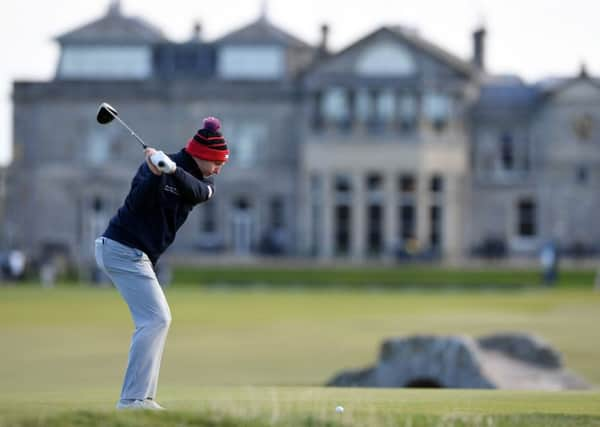Scotland loses 5,000 more registered golfers, according to participation report


The Golf Participation Report for Europe 2017 also claims that only 12 per cent of women made up the total of registered players in the home of golf.
It’s the second year running that the report has made disturbing reading from a Scottish perspective, though the losses have dropped from 2016.
Advertisement
Hide AdAdvertisement
Hide AdThen, Scotland topped the list of registered golfers lost with a fall of 6,711 while it was claimed that 19 courses had also gone.
In the latest report, a drop of 4,731 put Scotland fourth on the same list behind England (38,784), Netherlands (12,913) and Ireland (7,422).
The latest drop of 2.46 per cent left Scotland with a total of 187,802 registered players heading into 2018.
As for the number of golf courses, the report claimed that Scotland had lost another 18 in 2017 on top of the 19 reported for 2016, leaving the total at 560. Only England, with 35, lost more courses, in 2017.
Reflecting a similar gender mix in most other countries, males made up 79 per cent of the registered golfers in the sport’s birthplace. Juniors contribute nine per cent.
The total number of registered players in Europe was 4,142,390, drop of one per cent, while the total number of standard golf courses stood at 6,861, a loss of 71 from 2016
The leading golf market in Europe is England with 655,839 registered golfers and 1,872 courses while Sweden has the highest population rate with 4.7 per cent of its population playing golf.
“In last year’s report, KPMG’s research for 2016 demonstrated that the European golf market had continued to stabilize in terms of numbers of registered golfers and golf courses in operation,” states the latest report.
Advertisement
Hide AdAdvertisement
Hide Ad“In 2017, this trend continued with no significant changes in the overall supply and demand figures for Europe, although some countries did record noticeable changes.
“When taking a closer look at Europe’s golf markets, 76 per cent of local golf associations indicated that the level of participation in their country in 2017 had either stabilised or increased.
“The remaining 24 per cent of European markets still experienced some decline, including key markets such as England, Scotland, Ireland and the Netherlands. The overall participation rate for Europe has remained stable since 2015.
“The research shows that the number of registered golfers and affiliated golf courses in Europe slightly decreased.
“Based on our survey, the gender mix of registered golfers hasn’t changed since 2016, which means golf is still a male dominated sport (67 per cent) in Europe.”